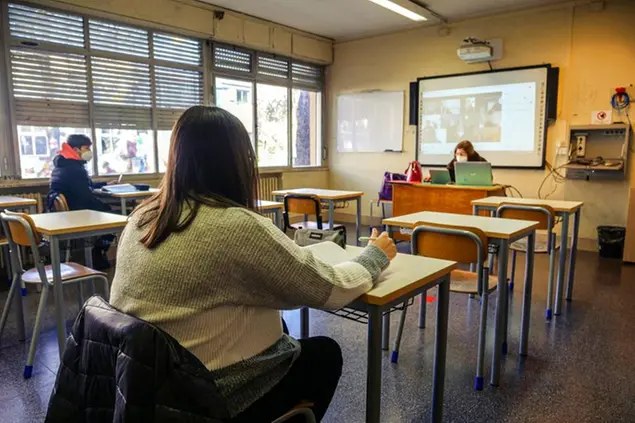- Tra i problemi più pressanti del sistema d’istruzione c’è, per il 52 per cento, il tema dell’obsolescenza e astrattezza dei programmi di studio (sottolineato dal 67 per cento dei giovani).
- Gli ambiti più insufficienti sono ritenuti quello linguistico (56 per cento), quello ambientale e green economy (77 per cento) e, soprattutto, quello digitale (78 per cento).
- All’origine dell’inadeguata formazione al mondo digitale ci sono: la carenza di laboratori (60 per cento, dato che al Sud sale al 66 per cento), l’obsolescenza dei programmi didattici, la ridotta preparazione dei docenti, l’inadeguatezza delle strutture e la mancanza di collegamento con le imprese.
Alla scuola del futuro serve un nuovo modello di sapere

23 maggio 2021 • 17:07Aggiornato, 24 maggio 2021 • 10:01